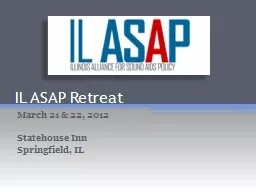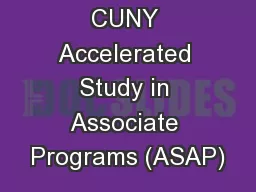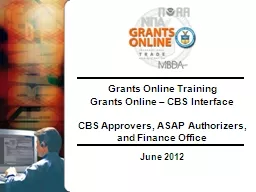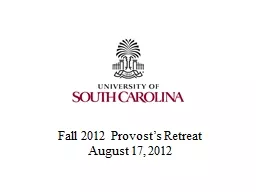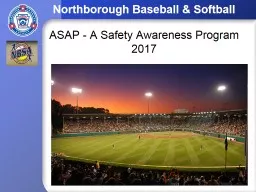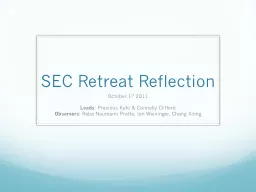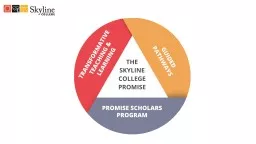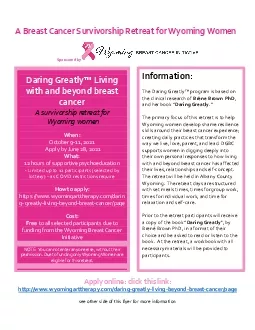PPT-IL ASAP Retreat March 21 & 22, 2012
Author : karlyn-bohler | Published Date : 2018-03-23
Statehouse Inn Springfield IL Agenda Wednesday March 21 130pm Lunch 200pm Speakout tell your story about IL ASAP 300pm Break 315pm 2012 issues Federal State
Presentation Embed Code
Download Presentation
Download Presentation The PPT/PDF document "IL ASAP Retreat March 21 & 22, 2012" is the property of its rightful owner. Permission is granted to download and print the materials on this website for personal, non-commercial use only, and to display it on your personal computer provided you do not modify the materials and that you retain all copyright notices contained in the materials. By downloading content from our website, you accept the terms of this agreement.
IL ASAP Retreat March 21 & 22, 2012: Transcript
Download Rules Of Document
"IL ASAP Retreat March 21 & 22, 2012"The content belongs to its owner. You may download and print it for personal use, without modification, and keep all copyright notices. By downloading, you agree to these terms.
Related Documents

